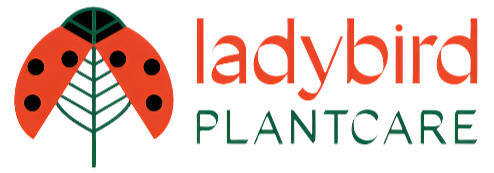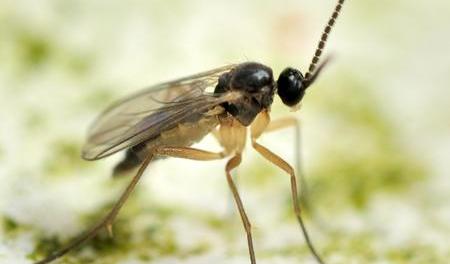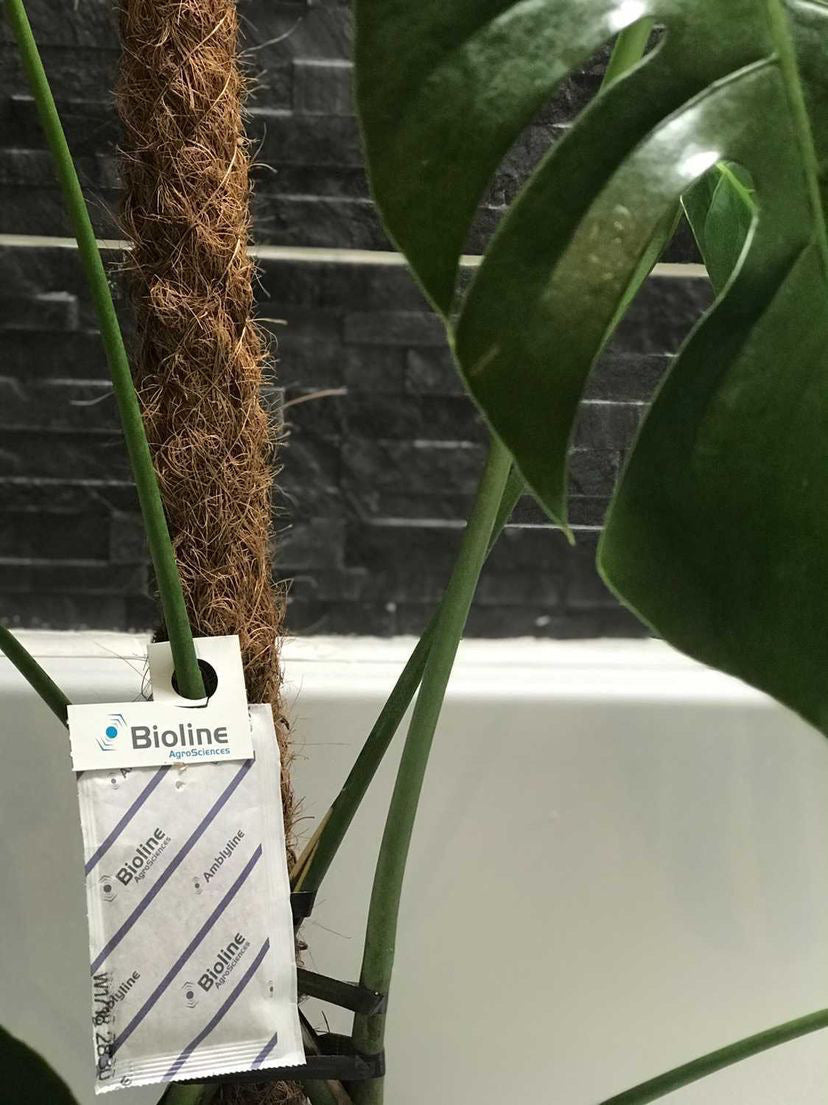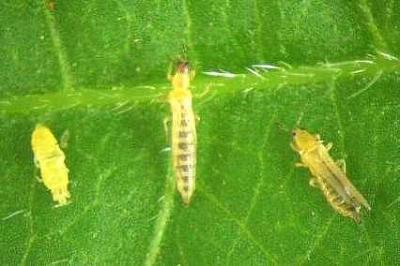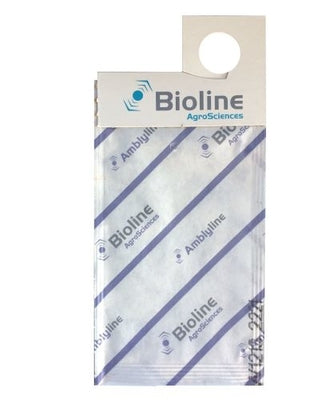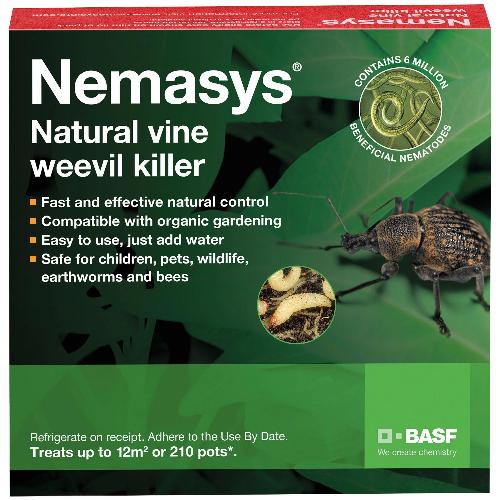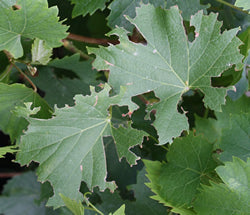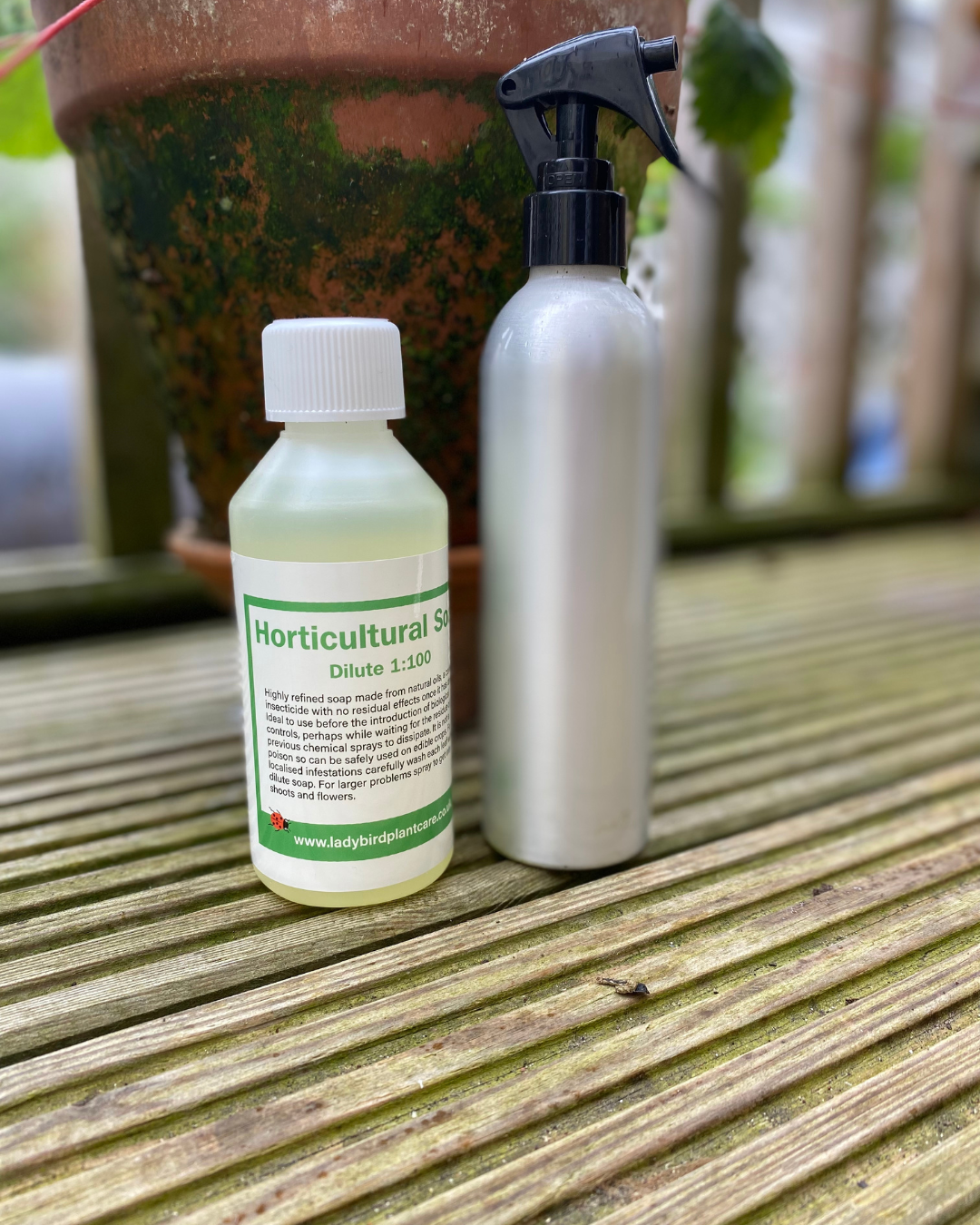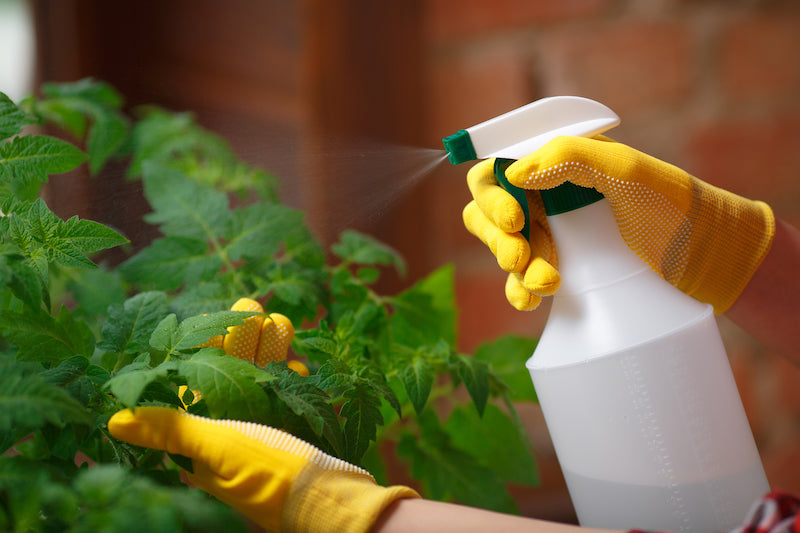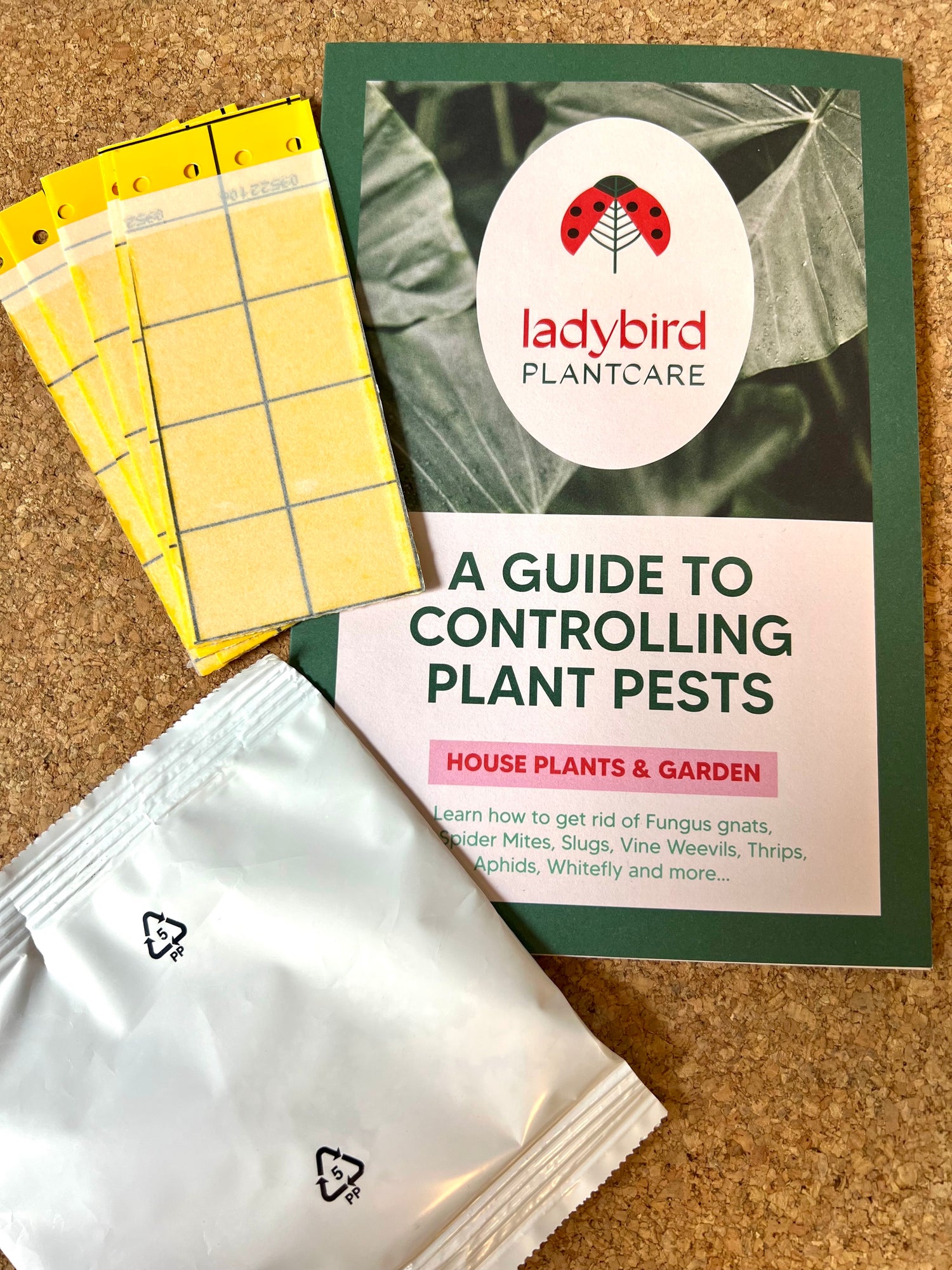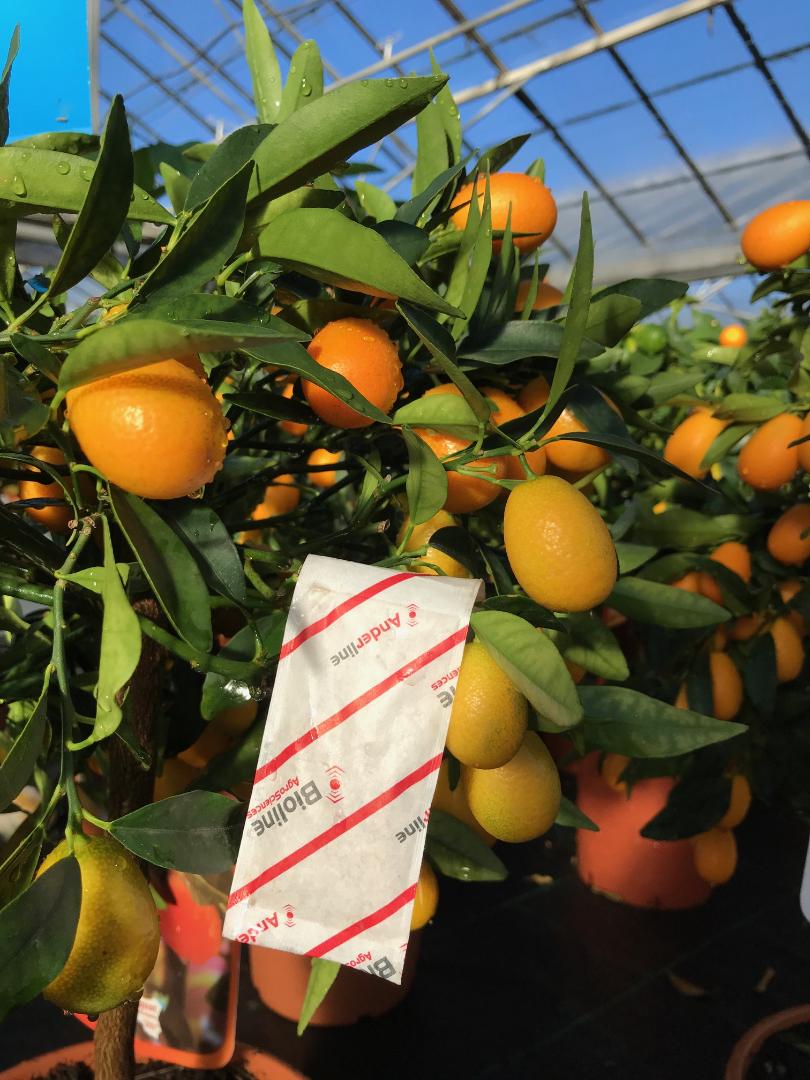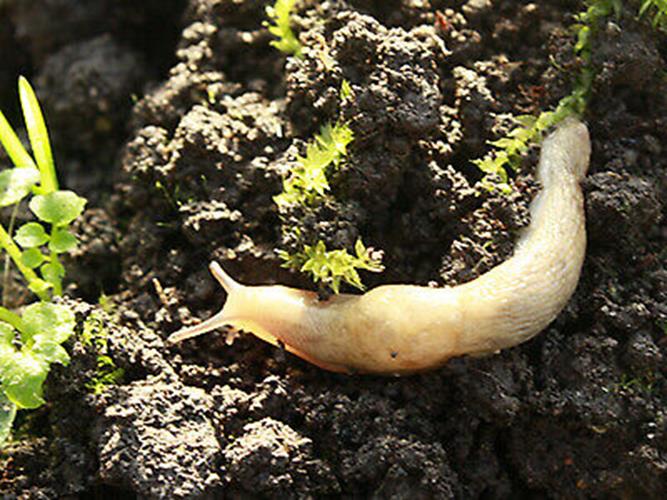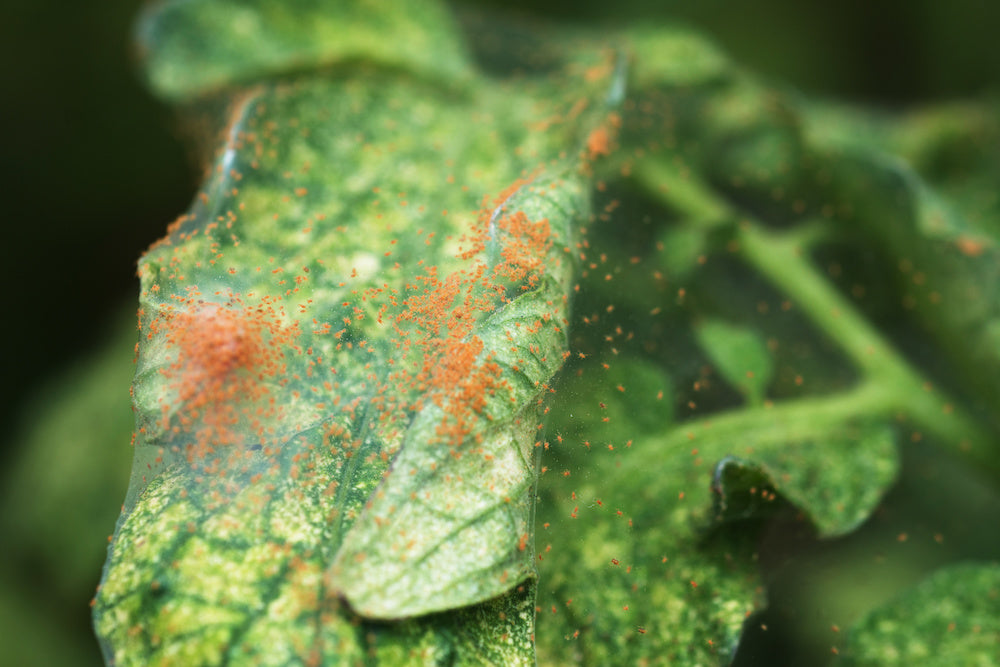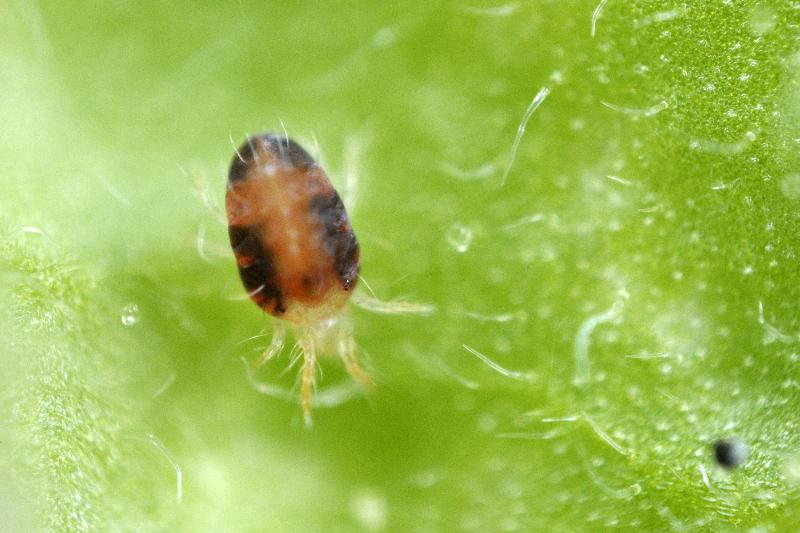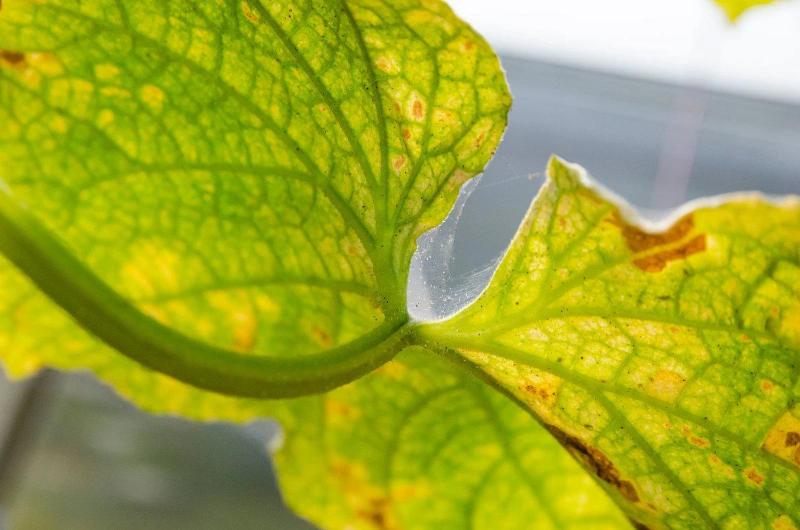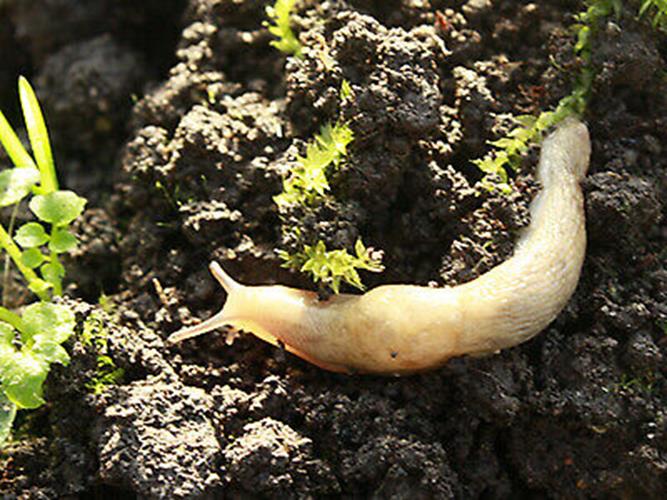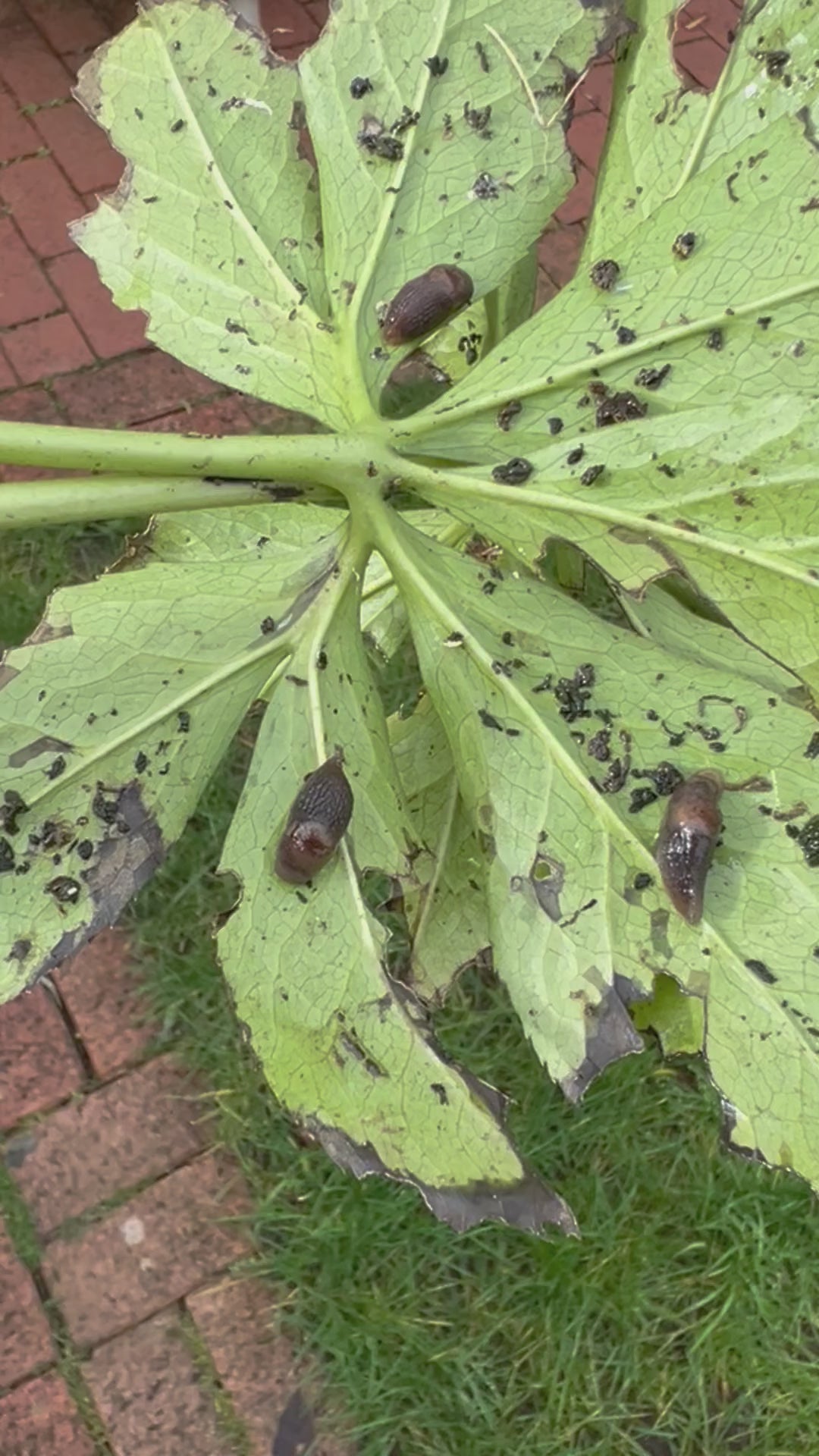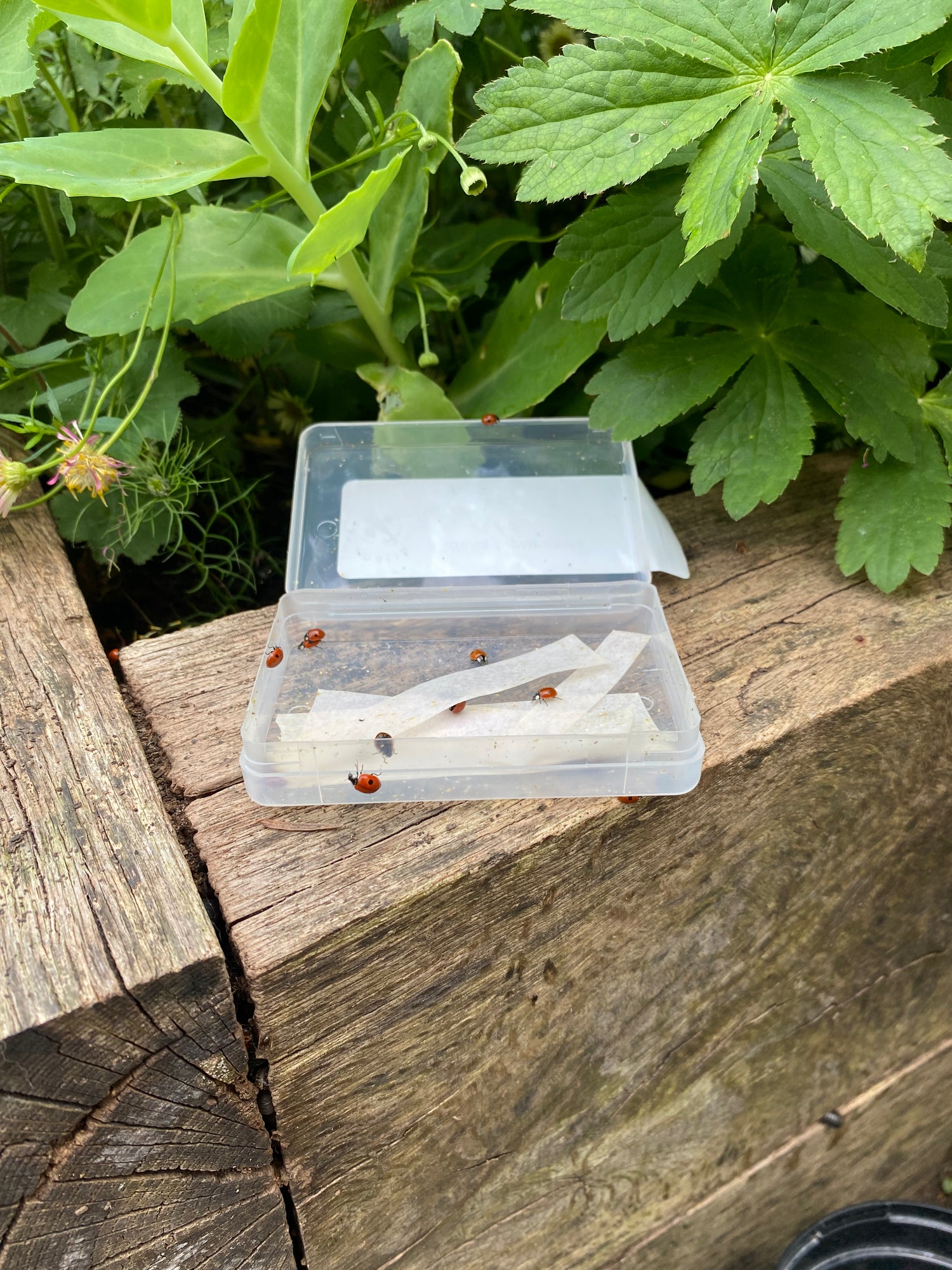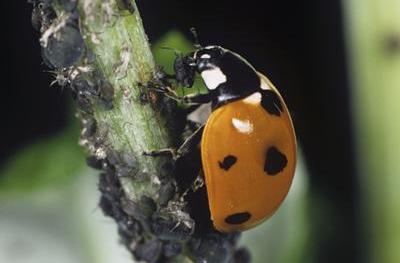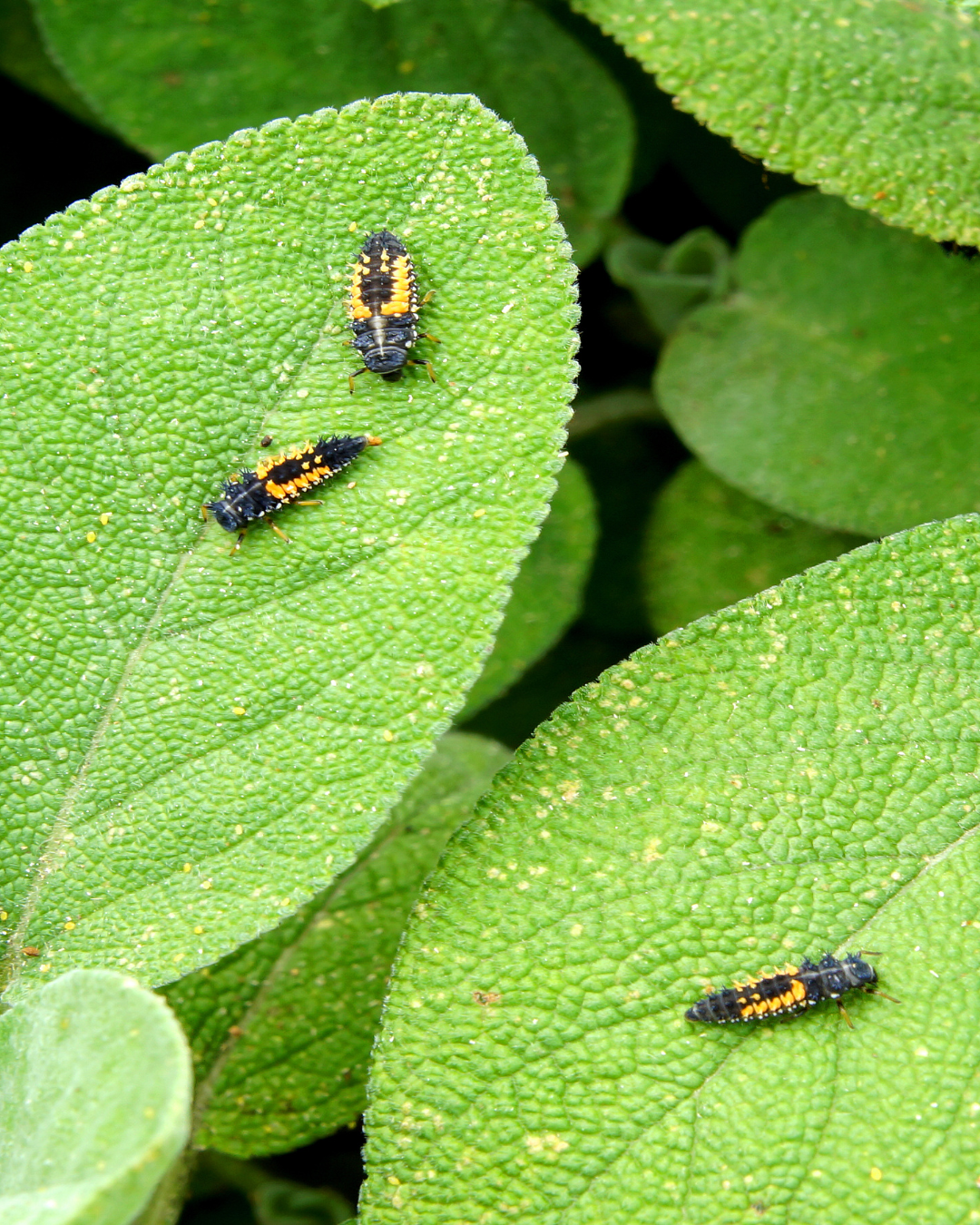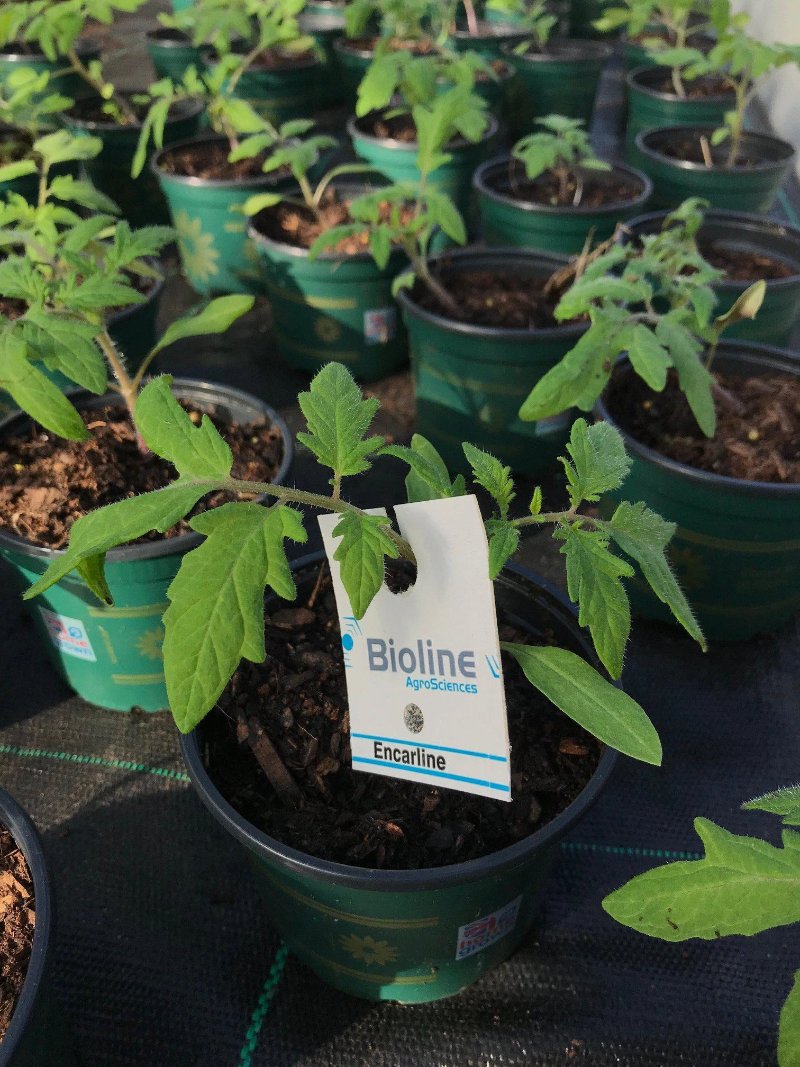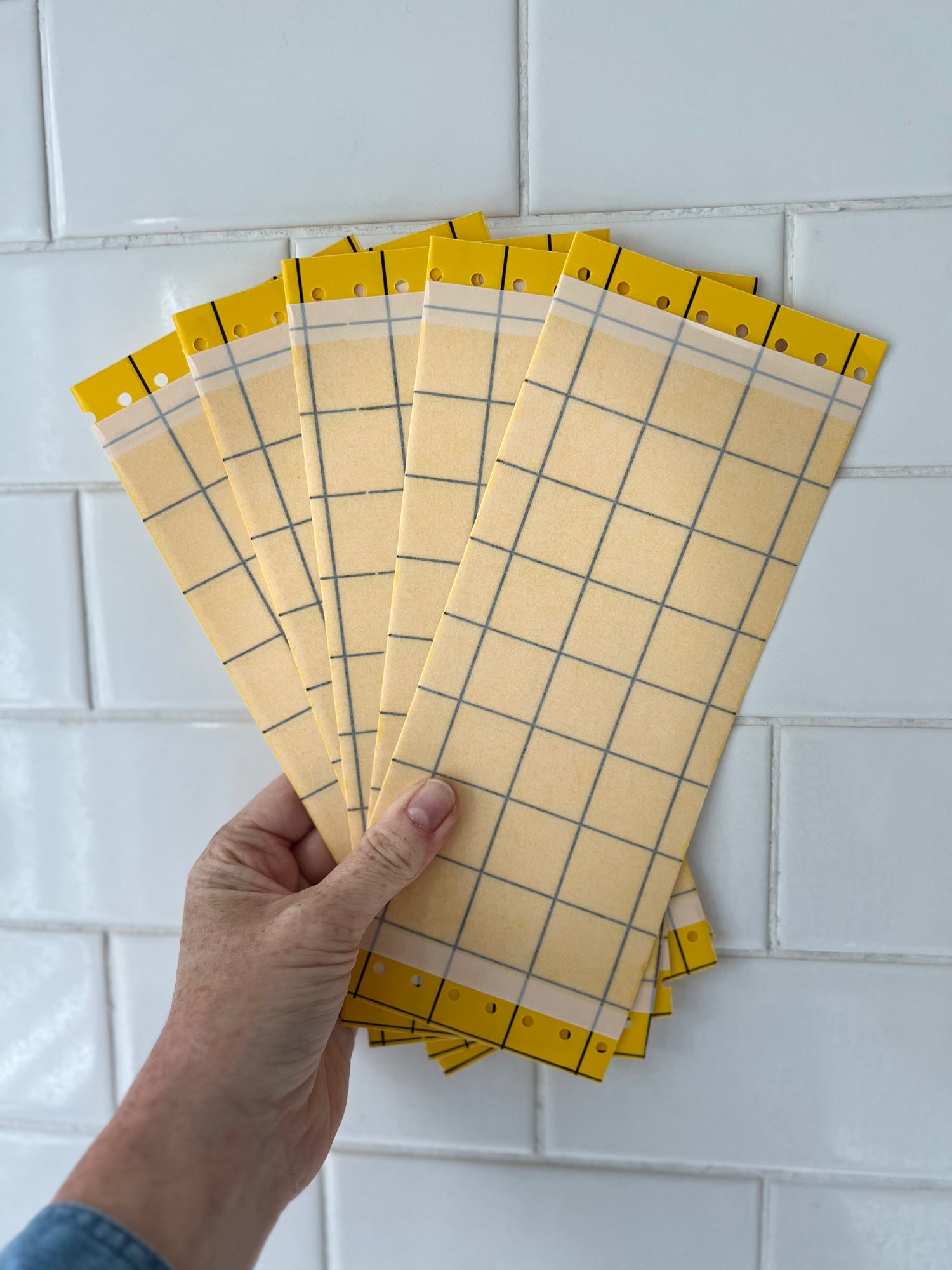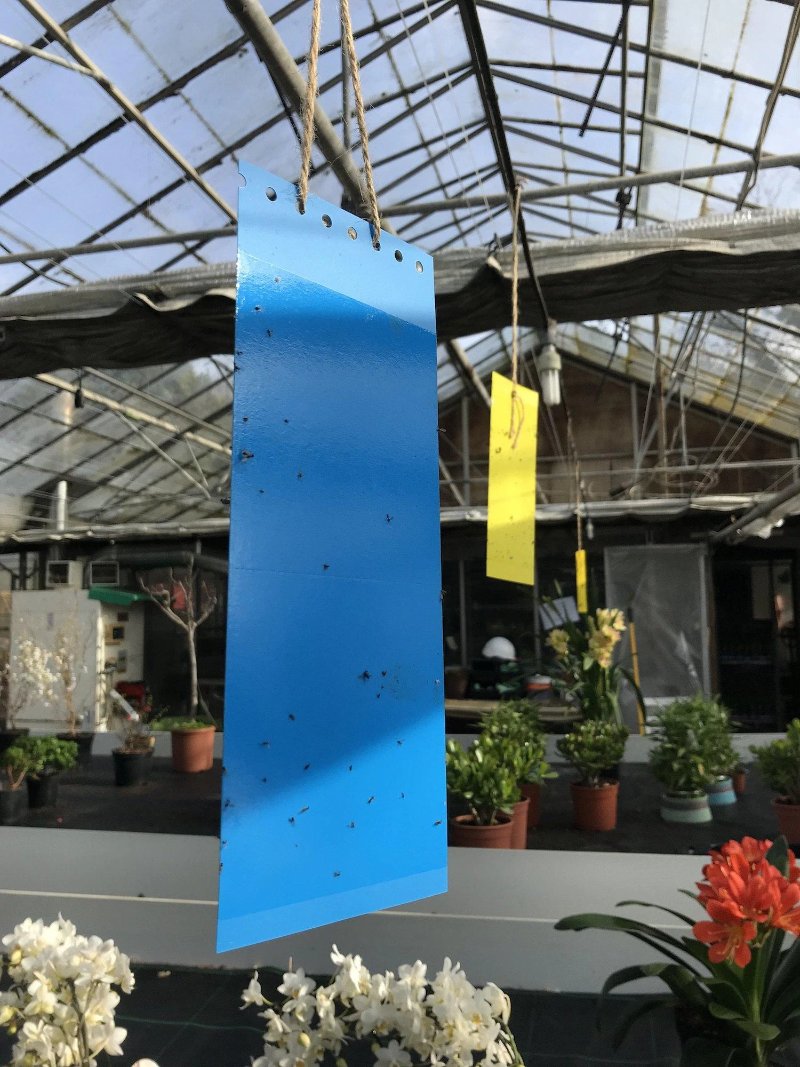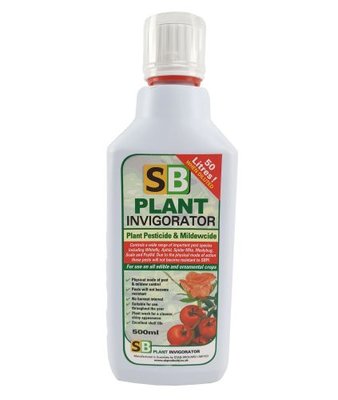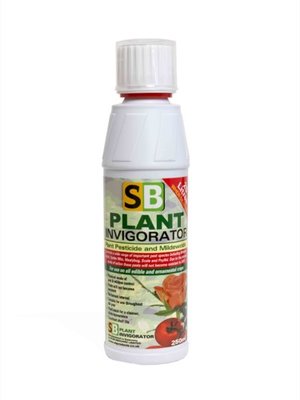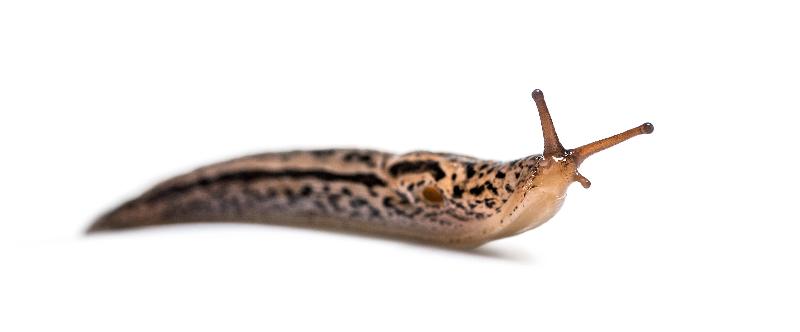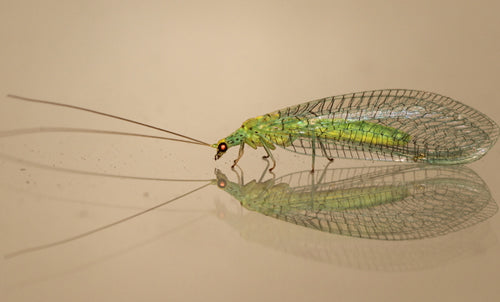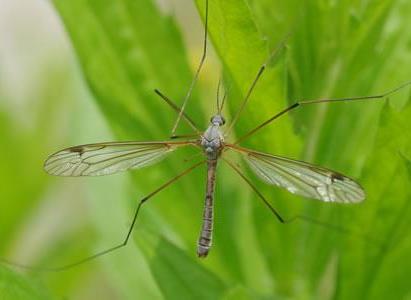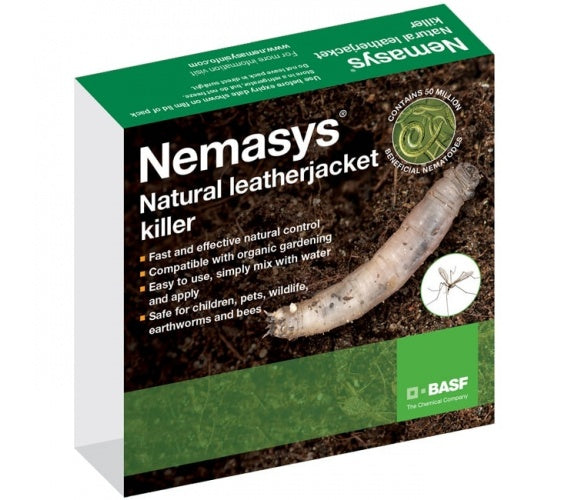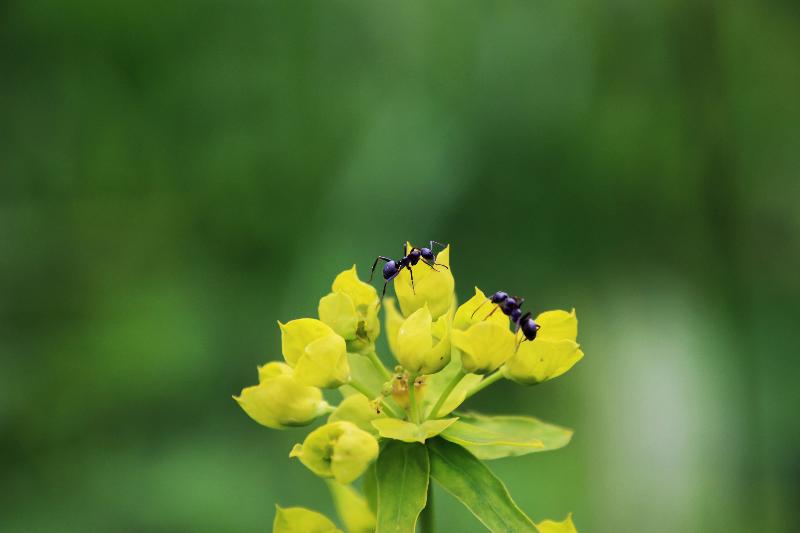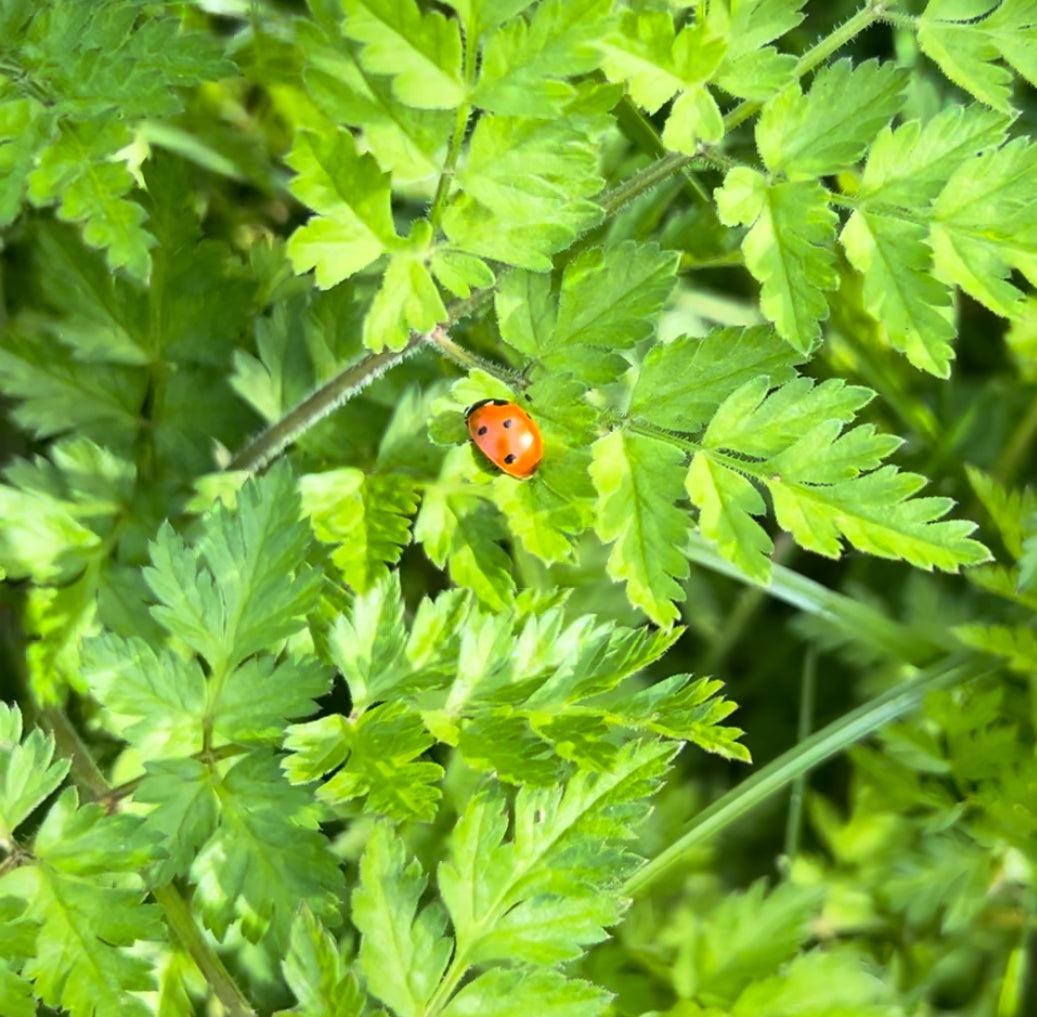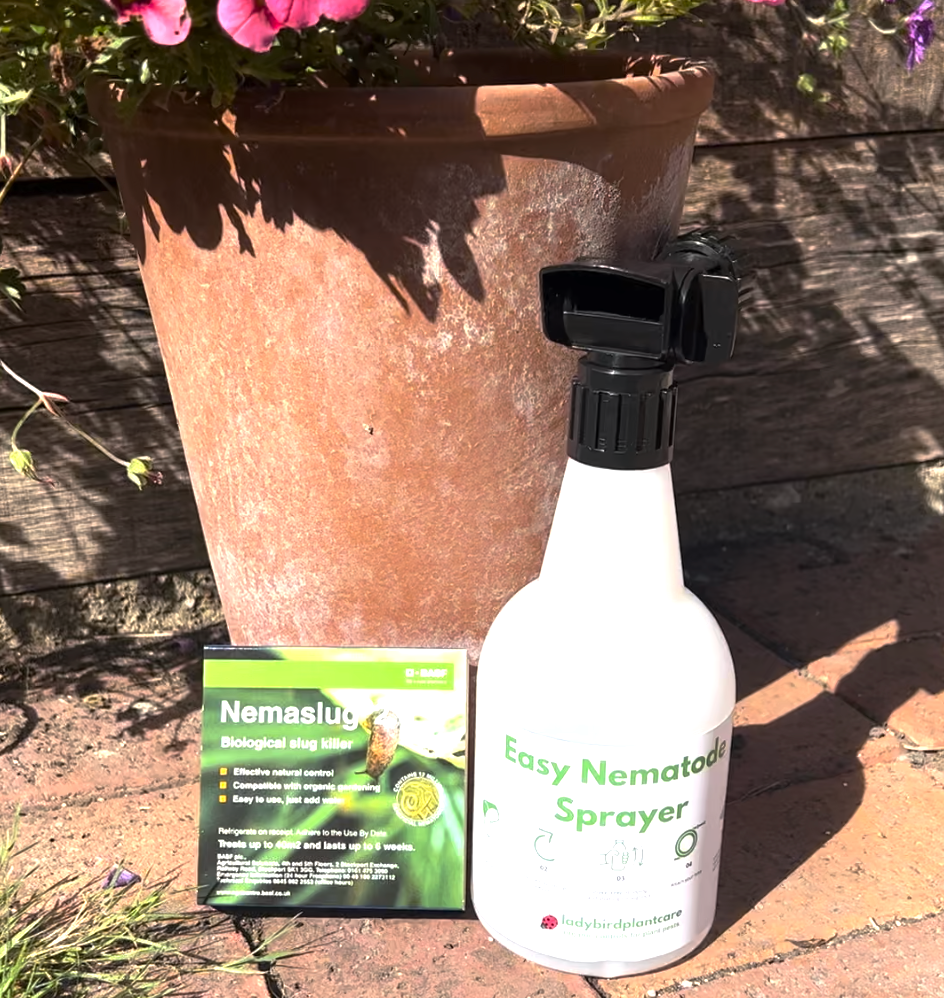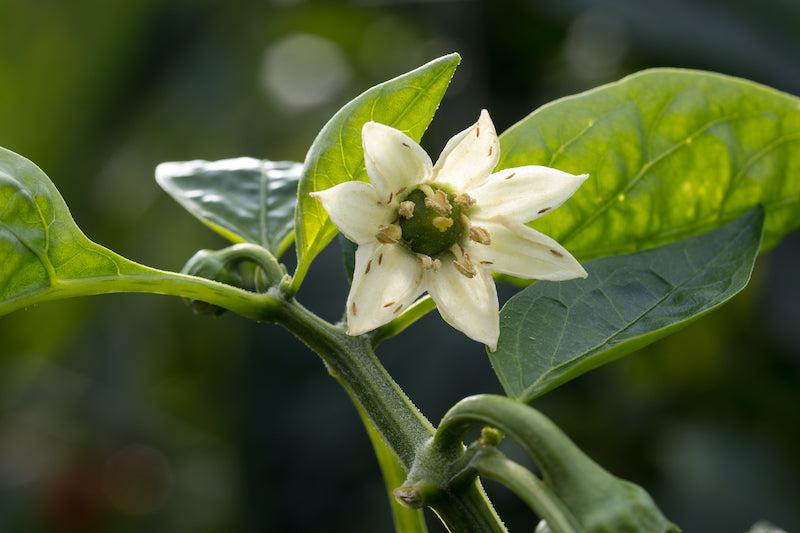POPULAR RIGHT NOW
Sort by:
43 products
43 products
Save your houseplants and seedlings from Sciarid fly/Fungus gnats and larvae damage with our parasitic nematodes.
Biological controls are not always kept in stock, they are ordered in fresh. This can sometimes lead to a time lag between when you place the order and when it is despatched.
The adult fungus gnats/sciarid flies live on and around the compost surface of pots, more commonly indoors rather than outside. The flies themselves are an unsightly nuisance but most of the damage is caused actually by their young. The small white larvae live in the compost and feed on the tender roots of plants and cuttings. They will also come to the surface to feed.
Nematodes are more effective if the sciarid population is high. The nematodes are watered on, and attack the sciarid larvae underground. Parasitic nematodes seek out suitable hosts by swimming in the thin film of water on soil particles, locating hosts by detecting carbon dioxide and other waste products. Once they find a host, they enter the body cavity through the breathing or feeding systems, and release bacteria (Xenorhabdus). The bacteria kills the host within hours, and the nematodes grow and reproduce within the 'broth', which they produce. The next generation of infective juveniles leaves the dead host, and moves in search of fresh hosts.
You can read the instructions for the nematodes HERE.
Combine with yellow sticky traps for better control. A second treatment may be required depending on the level of infestation and the life cycle stage of the pest.
Thrips Prevention - Thrips are very difficult to reach with chemical sprays but Amblyseius predator mites are small enough to find and eat them, release early as they control the first stages of the Thrips lifecycle.
These sachets contain a breeding colony of mites that crawl out slowly over a 4-6 week period and attack the larvae and pupae stages of Thrips. You can read the instructions for use HERE.
Inside the sachets can be used all year round and pose no risk to pets or humans.
Outside, for best results, introduce the Amblyseius in mid-May for frost-free glasshouses, or earlier where temperatures are constantly warm. Amblyseius will survive on pollen from flowers until the young thrips start to appear and provide them with a preferred diet, thus preventing an infestation from taking hold.
This product should be used in prevention of an outbreak so either around the time that you normally see Thrips or at the very first sign that they are present. If you already have a Thrips problem then please check out our other products for Thrips as you will need something that also controls the adult stage.
Vine Weevil nematodes are watered into pots or open ground with a watering can or hose, killing the vine weevil grubs.
Use as soon as the soil temperature reaches 5°C. The parasitic nematodes enter the grub, poisoning it and then feeding off it to increase their numbers.
Sold in 2 sizes.
Biological controls are not always kept in stock, they are ordered in fresh. This can sometimes lead to a time lag between when you place the order and when it is despatched. Order by 10am Monday for same week despatch.
Save your houseplants and seedlings from Sciarid fly/Fungus gnats and larvae damage with our best selling solution. (Steinernema Feltiae/Carpocapsae mix).
The adult sciarid flies live on and around the compost surface of pots, more commonly indoors rather than outside. The flies themselves are an unsightly nuisance but most of the damage is caused actually by their young. The small white larvae live in the compost and feed on the tender roots of plants and cuttings. They will also come to the surface to feed.
You need to control both the adults and the larvae or you will not break the cycle.
For the adults use the new eco yellow sticky traps, you get 5 (12cm x 5cm) traps.
For the larvae nematodes are watered onto deal with the larvae underground. Parasitic nematodes seek out suitable hosts by swimming in the thin film of water on soil particles, locating hosts by detecting carbon dioxide and other waste products.
Once they find a host, they enter the body cavity through the breathing or feeding systems, and release bacteria (Xenorhabdus). The bacteria kills the host within hours, and the nematodes grow and reproduce within the 'broth', which they produce. The next generation of infective juveniles leaves the dead host, and moves in search of fresh hosts. You can read the nematode instructions HERE.
A second treatment of nematodes may be required depending on the level of infestation and the life cycle stage of the pest.
Amblyseius Andersoni is primarily used to prevent a spider mite infestation (especially in houseplants) or as an out of season control rather than as a solution for a bad infestation. It's an excellent product for catching the spider mites as they come out of hibernation in the early spring.
The sachets contain a breeding colony of mites that crawl out slowly over a period of 4-6 weeks stopping an infestation from taking hold. If you already have spider mites in large numbers please use Phytoseiulus first.
These predatory mites are widely used in commercial glasshouses to control unwanted plant pests. Amblyseius Andersoni is used to treat different species of Red Spider Mite (Tetranychus spp. and Panonychus spp.) Fuchsia Gall Mites, Pear Blister Mites, Rust Mites, Boxus Mite and Thrips, it can tolerate a wide range of high and low temperatures 6°C to 40°C, making it a great early season control.
Nemaslug alternative
Slug nematodes can be used once your soil temperature is above 5°C. Check your soil temperature here. Do not buy nematodes more than a week before application.
We supply packs of microscopic beneficial nematodes (eelworms) which are watered into pots or open ground. You can read the application instructions HERE.
Use as soon as soil temperature reach 5°C and every 6 weeks to keep slugs at bay. This pack treats 40 sqm. You can order individual packs or multiple packs delivered at 6 week intervals. Click here for 100 sqm.
Got a question about using nematodes? You may find the answer here
Phytoseiulus is the number one method for controlling glasshouse red spider mite, and is widely used by both amateur gardeners and commercial growers.
This species is a highly active hunter and has become a standard spider mite treatment in many crops. It develops twice as fast as the spider mite at humidity levels that are above 60% (unfavourable to spider mites, favourable to Phytoseiulus), which allows a rapid control of outbreaks.
A female Phytoseiulus can destroy ten spider mite females and their young in just seven days under optimum conditions. The tube holds living predator mites hidden in a bran carrier. You may not be able to see anything but the carrier as the mites are very hard to see with the naked eye. The tubes contain approximately 2,000 mites.
Orders placed by 10am Monday will be despatched later in the week.
Nemaslug Alternative
Treats 40 sqm - use when soil temperature is above 5°C. This is a great alternative to Nemaslug, it works in exactly the same way.
We supply packs of microscopic beneficial nematodes, Phasmarhabditis hermaphrodita, (eelworms) which are watered into pots or open ground. This is a perishable product, do not buy in advance.
You can read the application instructions HERE.
Slugs eat leaves, stems and roots of plants, weakening them and often causing them to die.
They leave slimy trails over plants and soil, and are particularly devastating to seedlings and cuttings. Slugs leave their own individual scent trails so they can find their way home. There are other creatures (like caterpillars) who make big holes in leaves, but if you see the tell-tale slime, then slugs are the culprit!
Slugs come in many shapes and sizes and are commonplace around the garden, particularly in damp conditions.
Infestations are less serious in dry weather but tend to become a problem during prolonged rainy weather. An individual grey field slug has the potential to produce 90,000 grandchildren and has approximately 27,000 teeth!
They live underground during the day, emerging at night to feed. One cubic metre of garden will on average contain up to 200 slugs.
We supply packs of microscopic beneficial nematodes, Phasmarhabditis hermaphrodita, which are watered into pots or open ground with a watering can or hose. They enter the slug through a hole in its back while it is underground and poison it so that it will die within a few days underground, out of sight.
June 2025
Some variants have been taken off sale while supply catches up with demand, they will be back within a week. A great alternative to ladybird larvae are aphid midge, or for larger areas lacewing larvae, both of these can be found here.
Both Ladybird adults and their Ladybird larvae are voracious eaters and can make a real difference to aphid (greenfly and blackfly) infestations both under glass and outside.
The ladybirds we supply are Adalia Bipunctata - the red two-spotted ladybird. They are one of many native species in the UK. Ladybirds are one of the most popular controls for aphids but they do not prey on other insects so will not help with pests such as thrips and spider mite. You can read instructions on how to release ladybirds for aphid control HERE.
The larvae are a more reliable predator as they cannot fly away.
If you have a large area to treat or have aphids in multiple areas of your home or garden then Lacewing larvae may be more suitable.
Some pack sizes are only available March to September.
Orders placed by 10am Monday will be despatched later in the week.
NB This predator is only active at temperatures in excess of 18-20°C
The most effective treatment for whitefly is the parasite "Encarsia". It is supplied on small cards which can be hung up around your plants. You can read the instructions for this product HERE.
The smallest packs (5 & 10 cards) are only available March to mid September. Biological controls are not always kept in stock, they are ordered in fresh. This can sometimes lead to a time lag between when you place the order and when it is despatched. Order by 10am Monday for same week despatch.
Glasshouse whitefly are small white flying insects which lay eggs on the undersides of leaves. Whiteflies suck sap from their host plant and drop sticky secretions onto leaves below. Left uncontrolled they will overwhelm the plant, weakening it and flying around in huge numbers. Undersides of leaves become populated with Whiteflies adults and white eggs (scales).
Whitefly are fairly inactive in cool temperatures over Winter, but multiply very quickly in warm Spring and Summer weather. They fly about at the slightest disturbance, like tiny moths, and may even create ghostly white clouds in the air.
Identifying Whitefly
Remember whiteflies are nearly always moving. If you see white threads static on tops of the leaves, they are not whitefly but something else - very likely to be shed aphid skins dropped down from developing Aphid under leaves above. Or they could be thrips larvae. They are not "whitefly" unless body and wings are a ghostly white.
The glasshouse whitefly (Trialeurodes vaporariorum)is the most common. You can recognise them by their heart-shape profile when looked from above. Tobacco whitefly (Bemisia tabaci) have parallel wings which are longer, and when folded you can still see a strip of their back between the wings. There are up to 50 different species of whitefly in Europe, but from a gardeners point of view they are all plant pests.
Instructions for use
Encarsia works best with temperatures above 21°C but prefer cool glasshouse conditions below 25°C with 12hr+ daylight hours. Generally, this means introducing Encarsia from mid March to August, although it can be earlier or later with extra heat and light.
Hang cards on lower branches so that they may be in a slightly shady position.
5 cards should give good control for an average conservatory or small greenhouse. If you have a longstanding battle with whitefly follow up the initial treatment with a second introduction one weeks later. If you have a low lever of whitefly or are using Encarsia as a preventative method then application can be every 2 weeks.
Although Encarsia is very effective for the common glasshouse whitefly, it doesn't work so well for tobacco whitefly. It's therefore worth trying to identify what whitefly you have before treating. If you need any help identifying the whitefly you have then please don't hesitate to contact us.
Traps are a great way to find out what pests are present on your plants and can trap a good quantity of flying and crawling pests.
Sold in packs of 5.
Sticky traps are a great way of monitoring and reducing pest numbers.
Yellow catch aphids, whitefly, leafminers, fungus gnats and more. The yellow trap are eco friendly card traps.
Blue traps are great for thrips.
Red traps for monitoring and controlling leafhoppers.
This is a great product for protecting your plants from a range of bugs and pests.
This product is currently only available in the 500ml size due to packaging issues with the 250ml
This is effectively an environmentally friendly pesticide made from natural ingredients which is totally biodegradable. It has a three-way benefits. It controls mildew and other fungal infections. It acts as a foliar feed to strengthen plant growth. It attacks a wide variety of insects on contact, simply by gumming up their wings and breathing tubes.
The 250ml bottle goes a long way - it will dilute 10 to 1 to make up 25 litres of solution.
Use SBI to control and reduce delicate sap-feeding pests including:
Aphid (multiple species), whitefly, spider mite, mealybugs, hard scale, soft scale, bay sucker psyllids, and powdery mildew. To gain control you will need to use it every other day for a week or so.
Once pest numbers are under control, try to use it almost every other week and wet the plant thoroughly including the undersides of leaves where the aphids and crawlers like to lurk. Repeat applications are necessary because it works by "suffocating" the smaller insects and there will always be the danger of more hatching out or flying in to replace them. You can even "dunk" small plants upside-down in SBI if the aphids are hiding in the flower buds.
SB Plant Invigorator is:
• A unique blend of plant safe, physical pest control surfactants
• A physical mode of action to control pests and powdery mildew
• Suitable for use on edible and ornamental crops
• Has no harvest interval meaning you do not need to wait before eating your edibles.
• Suitable for use throughout the year
• Will not harm beneficial insects when used at the recommended rates
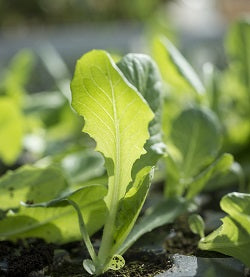
Fruit and Veg Protection Nematodes (Steinernema Feltiae/Carpocapsae mix)
From £9.00
Unit price perFruit and Veg Protection Nematodes (Steinernema Feltiae/Carpocapsae mix)
From £9.00
Unit price perStop pests attacking your fruit and vegetables with nematodes.
These multitarget parasitic nematodes target all a range of pests including; Codling Moth, Shore Fly, Sciarid Fly, Caterpillars, Root Fly, Gooseberry Sawfly, asparagus beetle larvae, wireworm, viburnum beetle larvae and more.
Sold in packs of 1 x 60 sqm, 2 x 60 sqm or 3 x 60 sqm, you can read the instructions for these nematodes HERE.
Biological controls are not always kept in stock, they are ordered in fresh. This can sometimes lead to a time lag between when you place the order and when it is despatched. Order by 10am Monday for same week despatch.
Nemaslug or alternative
These nematodes can be used once your soil temperature is above 5°C. Check your soil temperature here. Do not buy nematodes more than a week before application.
We supply packs of microscopic beneficial nematodes (eelworms) which are watered into pots or open ground. Use as soon as soil temperature reach 5°C and every 6 weeks to keep slugs at bay. This pack treats 100 sqm. Click here for 40 sqm
Lacewings are best known as a predator of aphids, and fully deserve the nickname "aphid lion" as a single insect can consume 100-600 aphids in its lifetime.
You can read the instructions for this product HERE.
Sold in 500s or 1000s. Orders placed by 10am Monday will be despatched later in the week.
We offer an effective nematode treatment to get rid of ants in your garden.
These nematodes deter ants, driving them out of their nests and making them go elsewhere. Do not purchase until soil temperatures are above 10°C. The species of nematode contained in the pack is steinernema feltiae.
Biological controls are not always kept in stock, they are ordered in fresh. This can sometimes lead to a time lag between when you place the order and when it is despatched. Order by 10am Monday for same week despatch.

